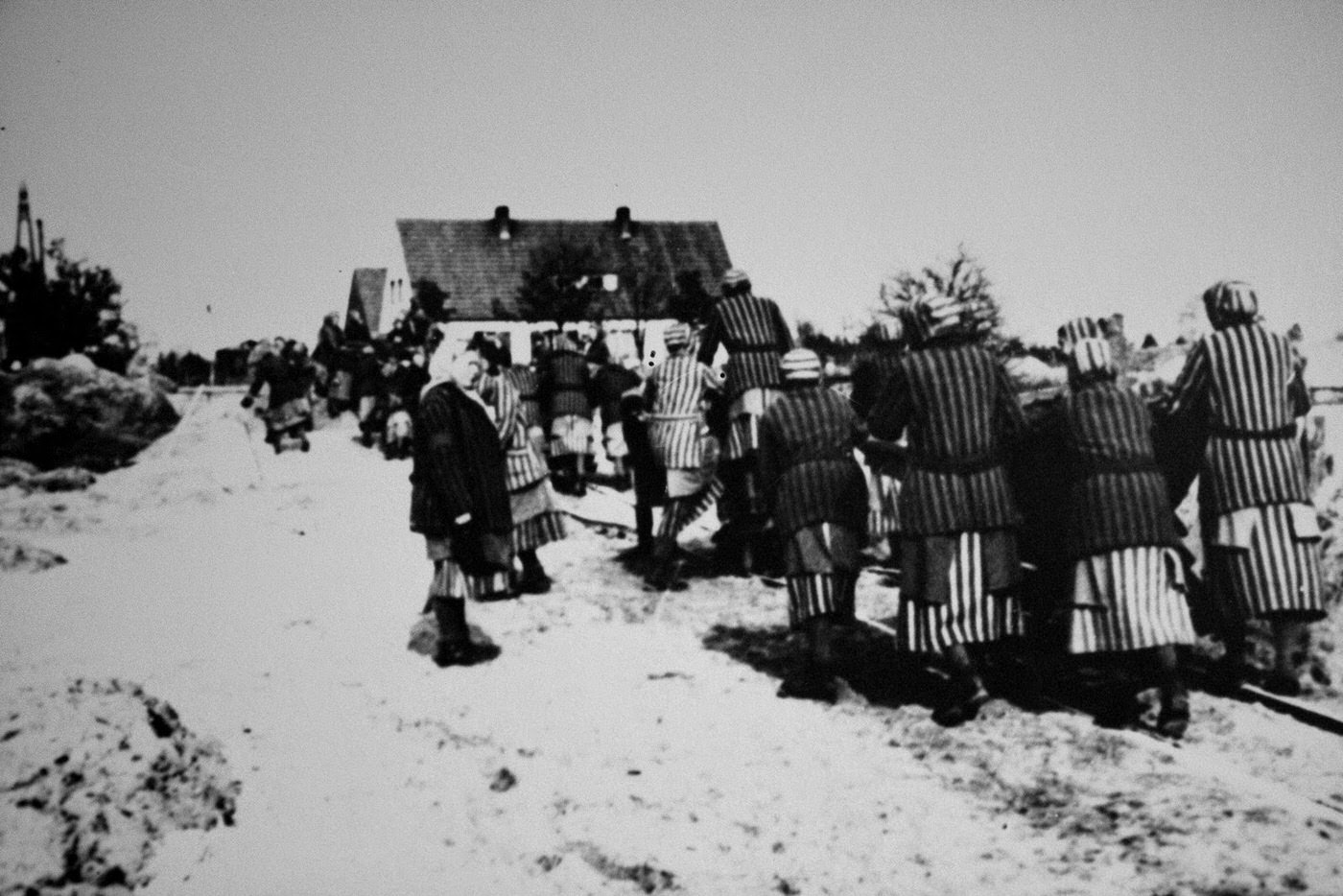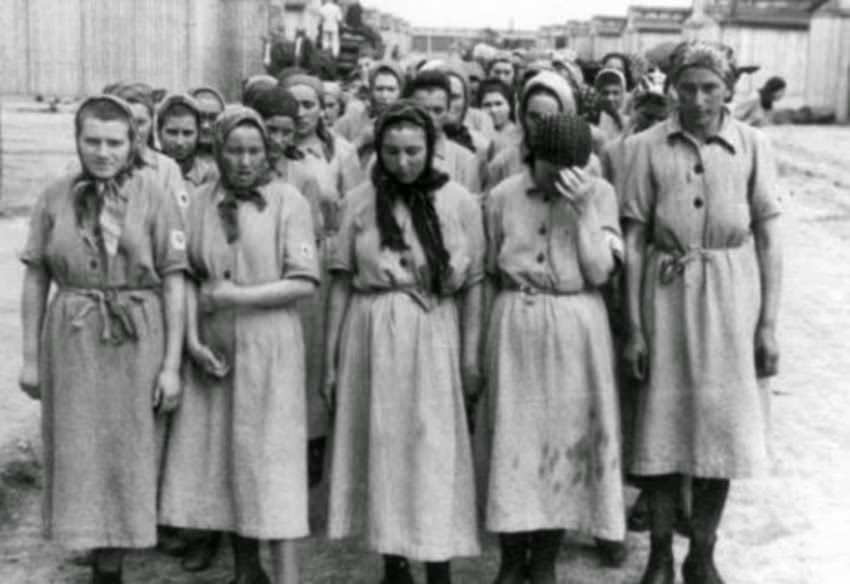In the vast and horrifying network of concentration camps established by Nazi Germany, Ravensbrück often doesn’t command the spotlight, yet it bears grim significance. As the largest concentration camp exclusively for women, its chilling history deserves recounting.
Ravensbrück, situated in northern Germany about 50 miles north of Berlin, was established by the SS in 1939. Initially constructed to incarcerate women deemed “anti-social” or “asocial” by the Nazi regime, it evolved into a significant hub of the Nazi’s lethal machinery as World War II progressed.
Living in the Shadows of Death
Ravensbrück housed a diverse group of women from across Europe. These included Jewish and non-Jewish individuals, both young and old, educated and illiterate. Some were political dissidents, Romani, Jehovah’s Witnesses, or simply individuals caught in the crossfire of the Nazi regime.
Life at Ravensbrück was a ceaseless battle for survival. Prisoners inhabited overcrowded barracks, each designed for half the actual number of residents. Sanitary facilities were minimal, food was scarce, disease was rampant, and medical facilities grossly inadequate.
Read more
The SS guards and camp administration meted out brutal treatment. Beyond relentless physical labor, women suffered beatings, torture, and cruel medical experiments. They faced gas chambers, a shooting range, and a crematorium where those not succumbing to disease or starvation met their end. The camp also served as a source of forced labor, with prisoners working in armament production under horrific conditions.
Resistance within Ravensbrück
Despite the harsh and oppressive environment, instances of courage and resistance did emerge within Ravensbrück. Small groups of women covertly organized resistance movements, spreading hope and encouraging solidarity. They smuggled food, sabotaged war production efforts, and even managed to send secret messages detailing the camp’s horrors to the outside world.
Even in the face of relentless terror, the human spirit found ways to express itself. Covertly, women in Ravensbrück engaged in various forms of cultural activities. They sketched, composed music, and wrote poetry and prose, chronicling their experiences and maintaining a semblance of humanity amidst the chaos. These works not only served as emotional outlets but also provide us with deeply personal insights into life in the camp.
Ravensbrück, like many other concentration camps, provided forced labor. Many prisoners were compelled to work in nearby factories, producing war supplies for the Third Reich. However, it’s often overlooked that the SS also exploited inmates’ labor within the camp. Women labored in the camp’s sewing workshop, producing SS uniforms, an irony that added another layer of torment to their ordeal.
When the Red Army finally liberated Ravensbrück in April 1945, only 3,500 survivors were found. By conservative estimates, at least 30,000 women died in Ravensbrück, although some sources suggest the number may be much higher.
Despite its grim history, Ravensbrück often doesn’t receive as much attention as Auschwitz or Dachau. Yet, it stands as a potent symbol of the atrocities committed against women during the Holocaust


























